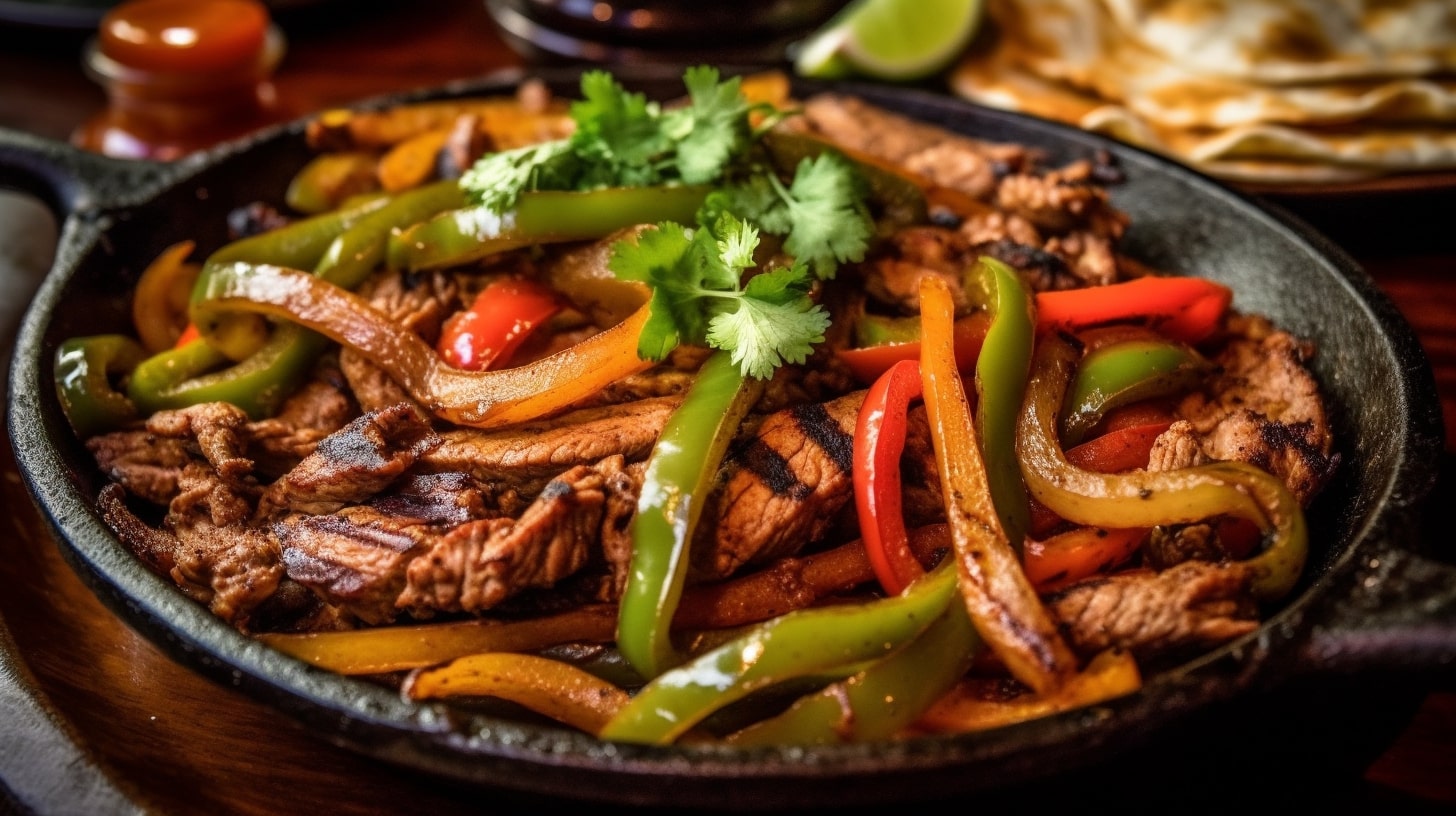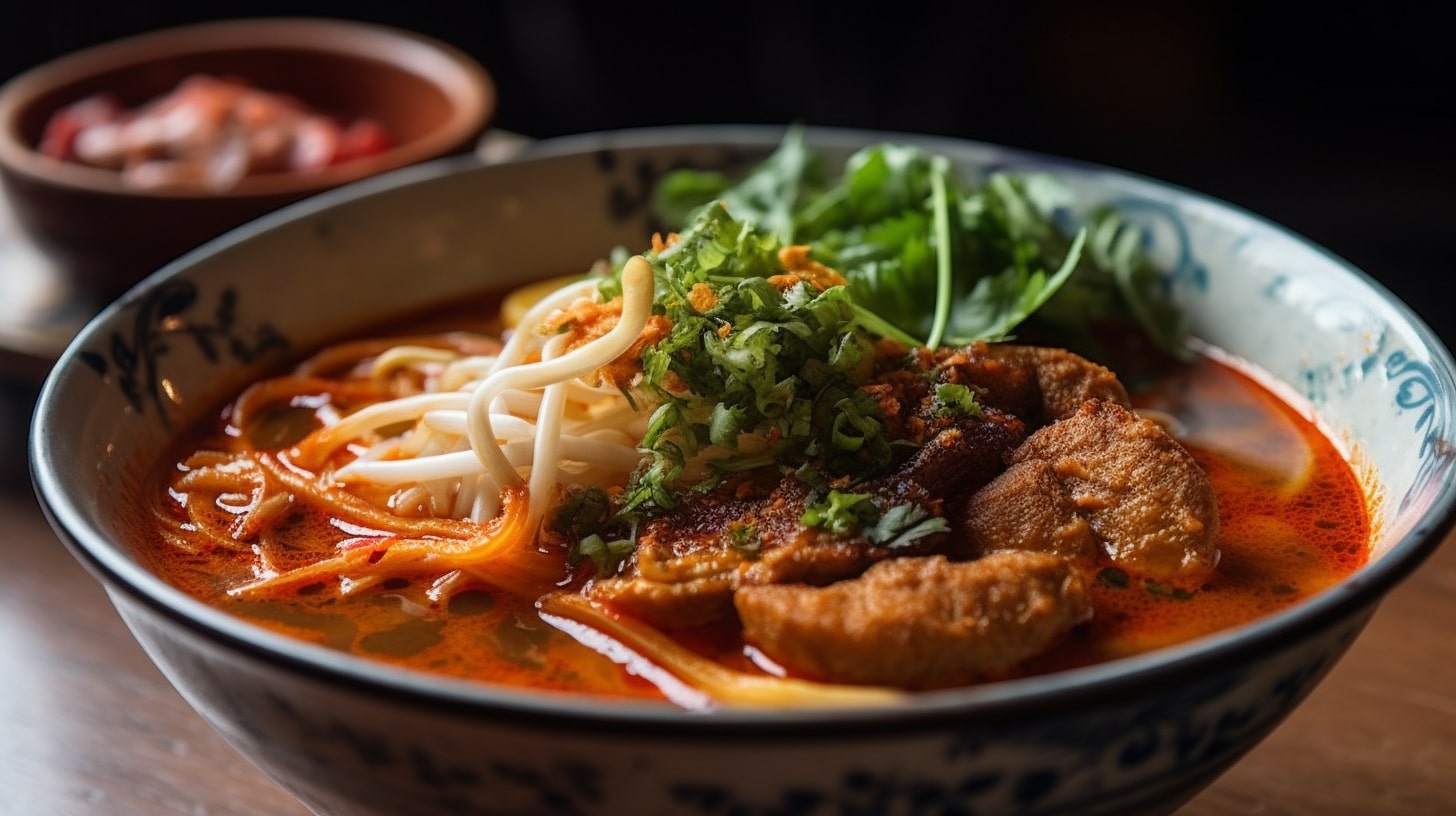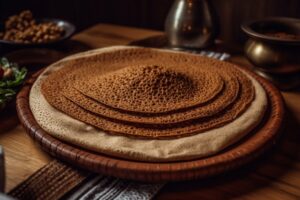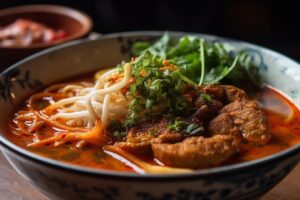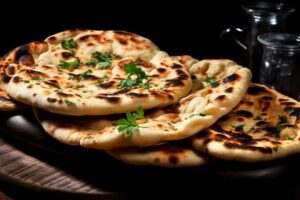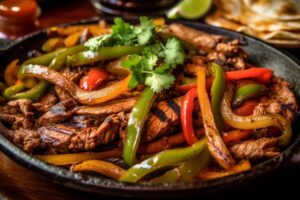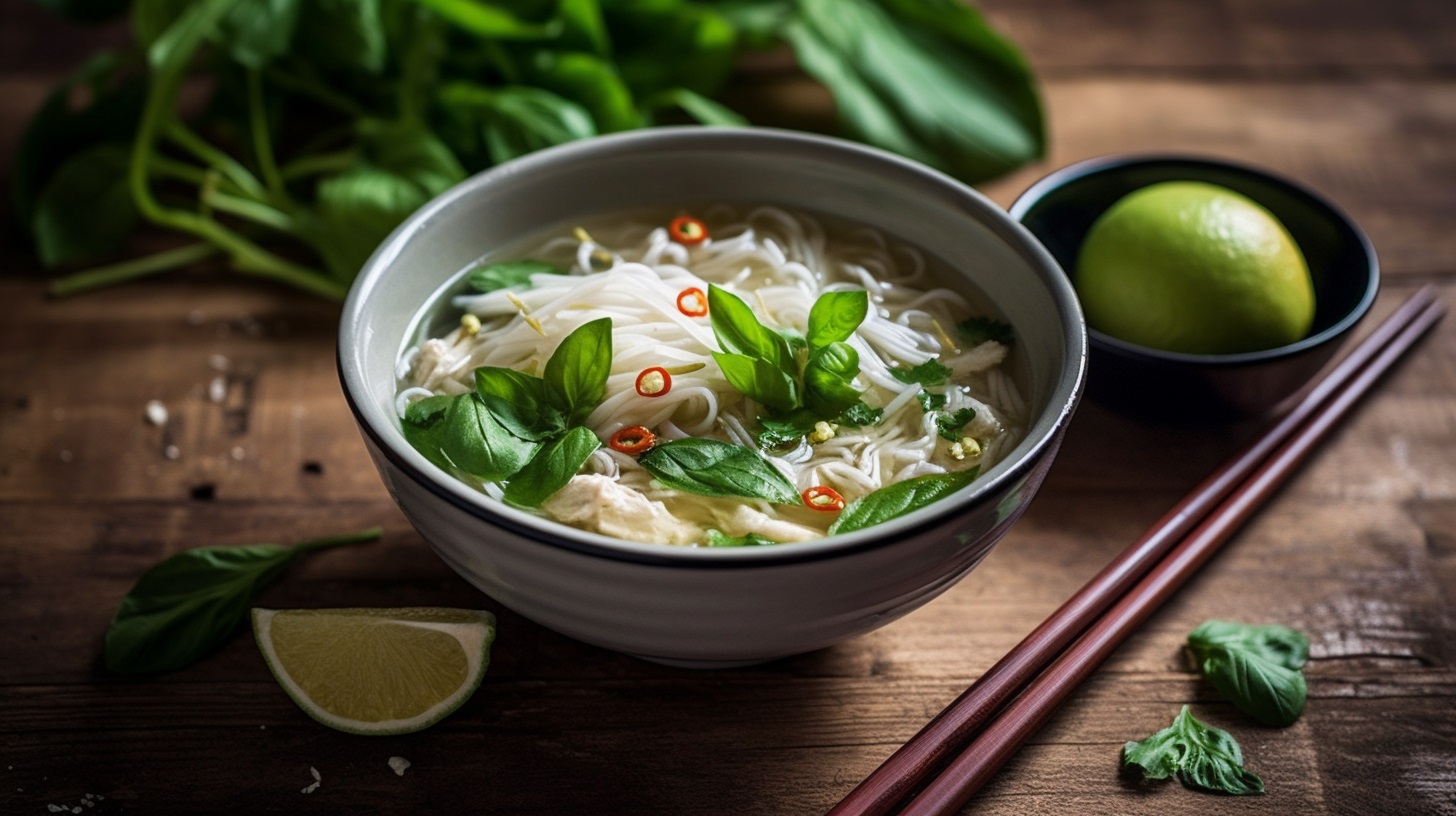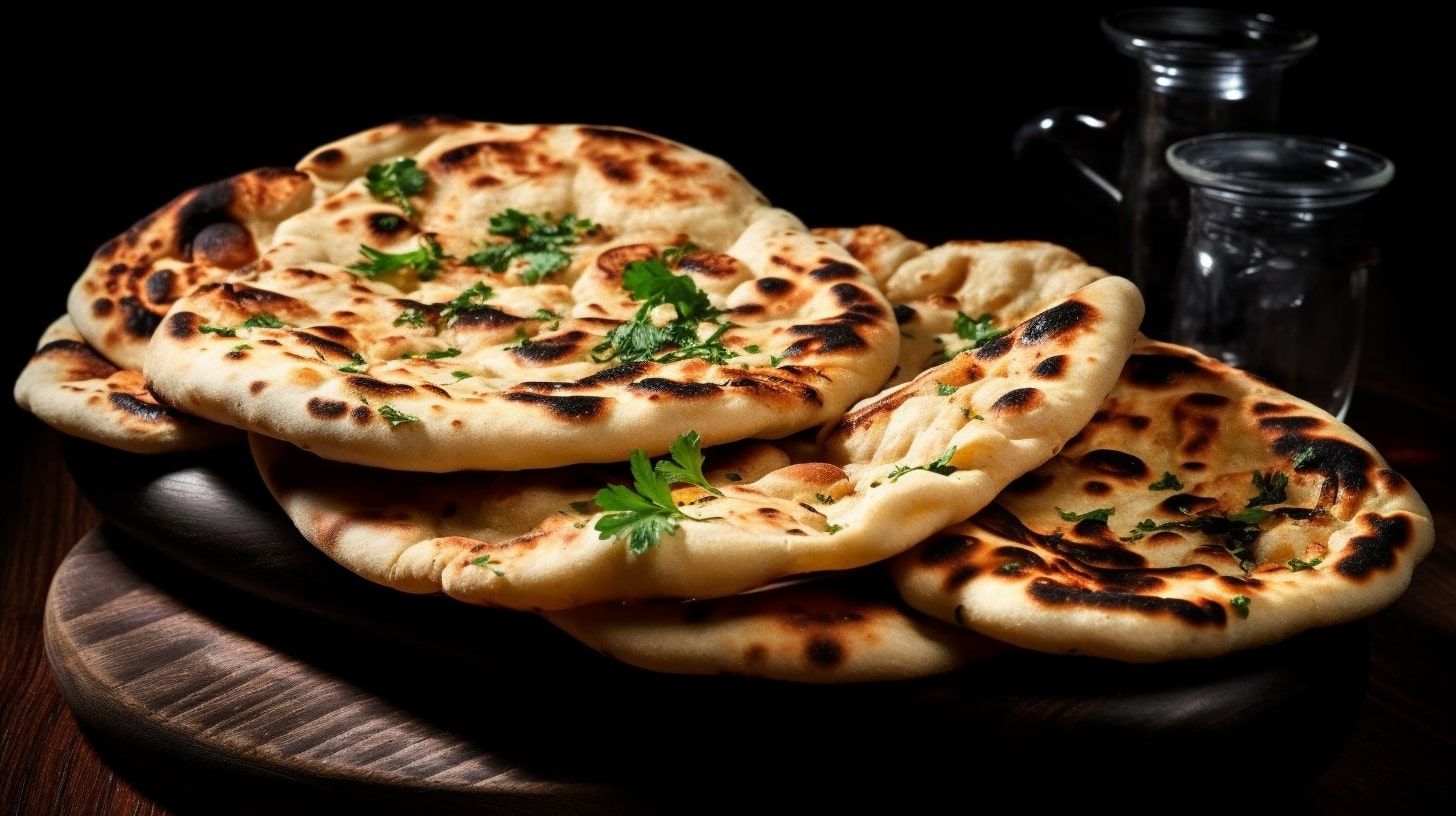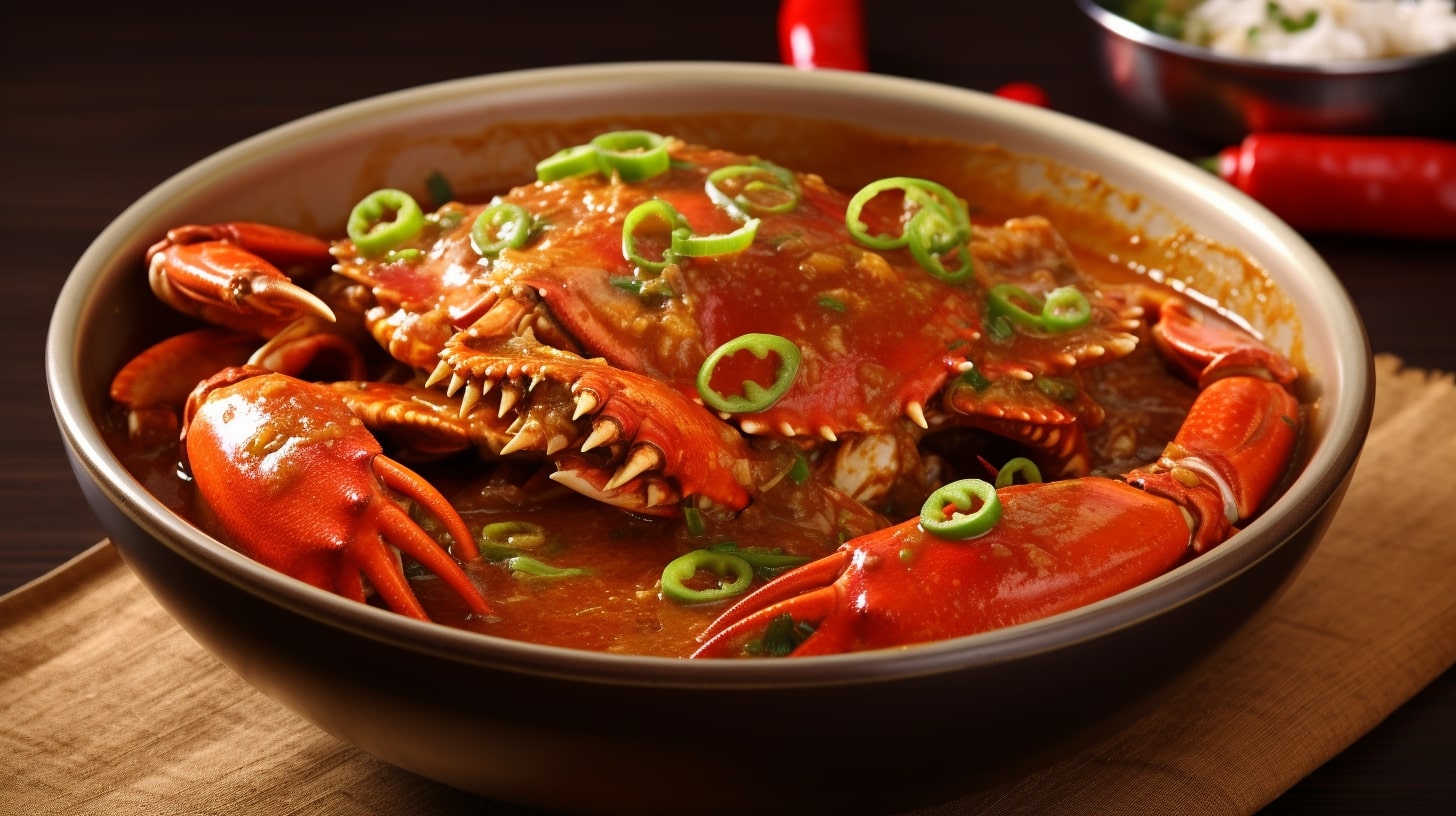Pho, a renowned Vietnamese dish, has captivated food lovers around the world with its aromatic broth, tender noodles, and a harmonious blend of herbs and spices. In this article, we will explore the origins and cultural significance of pho, dive into its distinctive flavors and regional variations, learn about the traditions and etiquette surrounding pho, and discover how to make this beloved dish at home.
1. Introduction
Pho, pronounced as “fuh,” is a Vietnamese noodle soup that has become an iconic dish of Vietnamese cuisine. It is a comforting and satisfying bowl of goodness that warms both the body and the soul. The complex flavors and delicate balance of ingredients make pho a true culinary masterpiece.
2. The Origins of Vietnamese Pho
Pho traces its roots back to the early 20th century in Northern Vietnam. It is believed to have evolved from a blend of Vietnamese and French culinary influences. Originally a humble street food, pho gained popularity and has since become a national dish that represents the rich culinary heritage of Vietnam.
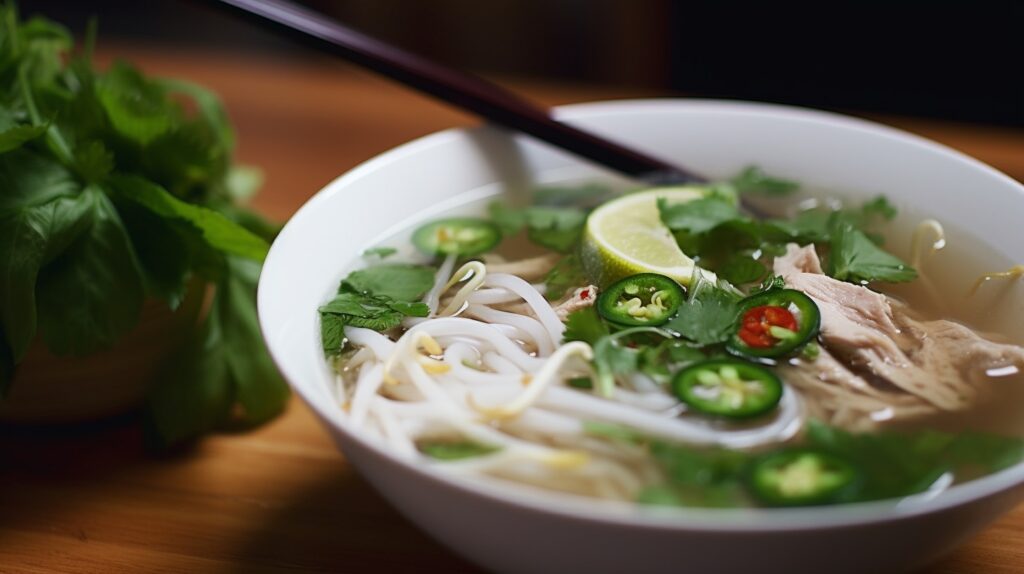
3. The Ingredients and Flavors of Vietnamese Pho
Pho is a symphony of flavors brought together by its key components:
3.1 The Broth
The heart of pho lies in its fragrant and savory broth. Traditionally, the broth is made by simmering beef bones, aromatic spices, and herbs for hours to extract their flavors. This slow cooking process produces a rich and deeply flavorful broth that forms the foundation of the dish.
3.2 The Noodles
Pho noodles are flat rice noodles that are delicate and slippery when cooked. They provide a satisfying chewiness to the dish and serve as a canvas to absorb the flavors of the broth.
3.3 The Meat and Toppings
Pho commonly features thinly sliced beef or chicken as the protein component. The meat is added to the bowl raw and cooked by the hot broth when served. Traditional pho toppings include fresh bean sprouts, Thai basil, lime wedges, sliced chili peppers, and cilantro, which add freshness and a burst of flavor to each spoonful.
4. Regional Variations of Vietnamese Pho
Pho has distinct regional variations in Vietnam, with the two main styles being Northern and Southern pho:
4.1 Northern Style Pho
Northern pho is known for its simplicity and clarity. The broth is clear and lighter in flavor compared to its southern counterpart. The toppings are typically minimal, focusing on the quality of the broth and the freshness of the ingredients.
4.2 Southern Style Pho
Southern pho, often referred to as Saigon pho, is more robust and fragrant. The broth is richer and sweeter, often incorporating additional ingredients such as roasted shallots, rock sugar, and charred ginger. Southern-style pho is often garnished with a wider array of herbs and condiments.
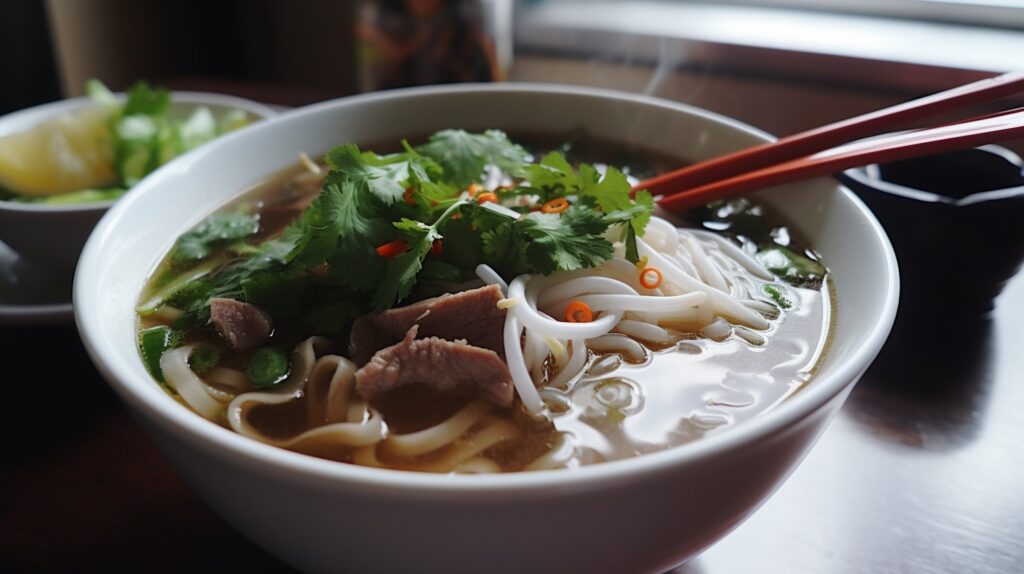
5. Enjoying Pho: Traditions and Etiquette
Partaking in a bowl of pho involves traditions and etiquette that enhance the dining experience:
5.1 Vietnamese Pho Eating Etiquette
When enjoying pho, it is customary to use chopsticks to pick up the noodles and meat, and a soup spoon to sip the broth. Slurping the noodles is encouraged, as it signifies enjoyment and appreciation for the flavors. Holding the soup spoon close to the mouth while slurping helps to savor the aromas.
5.2 Condiments and Garnishes
Pho is typically served with a plate of fresh herbs and condiments. These include bean sprouts, Thai basil, cilantro, lime wedges, and sliced chili peppers. Diners can customize their pho by adding these elements to suit their personal taste preferences.
6. Vietnamese Pho Around the World
Pho has gained international popularity and can now be found in various parts of the world. Vietnamese diaspora communities have brought the flavors of pho to cities worldwide, with vibrant pho scenes in places like Paris, Sydney, and Los Angeles. Local adaptations and fusion variations of pho have also emerged, showcasing the versatility and adaptability of this beloved dish.
7. Health Benefits of Vietnamese Pho
In addition to its delectable flavors, pho offers several health benefits. The broth, made from simmering bones, is rich in nutrients like collagen, which supports joint health and promotes healthy skin. The abundance of fresh herbs and vegetables in pho provides vitamins, minerals, and antioxidants, contributing to a well-balanced and nourishing meal.
8. Cooking Pho at Home
Making pho from scratch can be a labor of love, but the result is well worth the effort. Here’s a simplified guide to cooking pho at home:
8.1 Homemade Pho Broth
To make the broth, combine beef bones, onions, ginger, spices like star anise and cloves, and simmer for several hours to extract the flavors. Strain the broth and skim off any impurities for a clear and flavorful base.
8.2 Assembling the Pho Bowl
Cook the rice noodles according to the package instructions and place them in bowls. Top the noodles with thinly sliced beef or chicken. Pour the hot broth over the meat and noodles, allowing the residual heat to cook the meat. Serve with an assortment of fresh herbs, bean sprouts, lime wedges, and chili peppers.
Conclusion
Pho is more than just a bowl of soup; it is a culinary experience that embodies the richness of Vietnamese cuisine. From its humble origins to its global popularity, pho continues to captivate food enthusiasts with its delicate balance of flavors and comforting qualities. Whether enjoyed at a street-side stall in Vietnam or made with love in your own kitchen, pho is a dish that delights the senses and nourishes the soul.
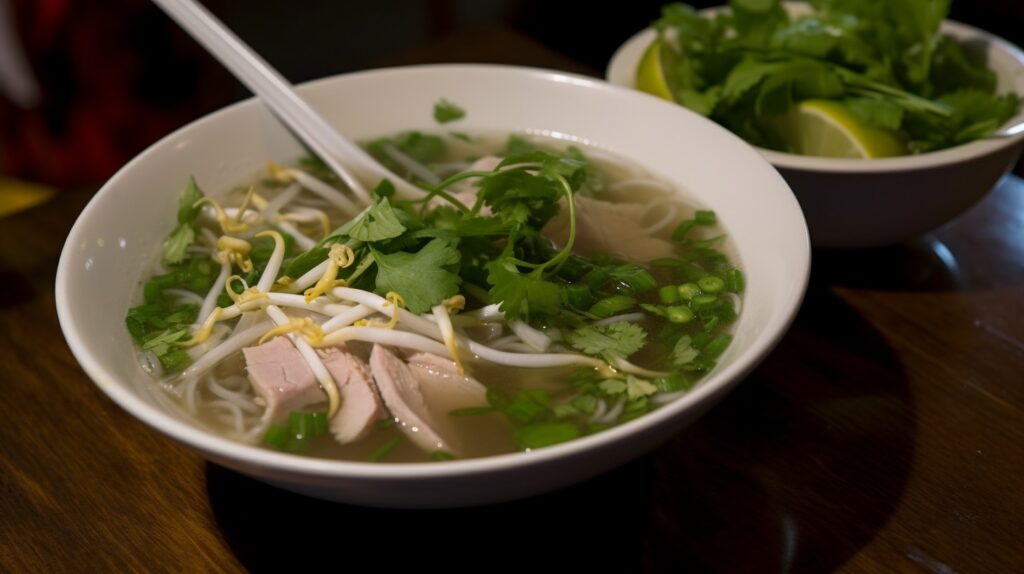
FAQs
- Is pho gluten-free? Traditionally, pho noodles are made from rice flour, making them gluten-free. However, it’s essential to check the ingredients of the broth and toppings as they may contain gluten-based additives or soy sauce. Opting for gluten-free condiments and ensuring the broth is prepared without gluten can make pho a gluten-free option.
- Can vegetarians enjoy pho? Yes, vegetarians can enjoy pho by substituting the meat with tofu or vegetable-based protein alternatives. Vegetable broth can be used instead of meat-based broth to create a flavorful vegetarian version.
- Is pho spicy? Pho can be customized to be spicy or mild, depending on personal preference. Sliced chili peppers or chili sauce can be added to the pho bowl to add heat and spice.
- What is the best time to enjoy pho? Pho is traditionally enjoyed as a breakfast or lunch dish in Vietnam. However, it can be savored at any time of the day, making it a versatile and satisfying meal.
- How do you pronounce “pho”? “Pho” is pronounced as “fuh” with a short vowel sound. It rhymes with words like “duh” or “huh.” Remember, the emphasis is on the vowel sound, and it should be pronounced quickly and concisely.
